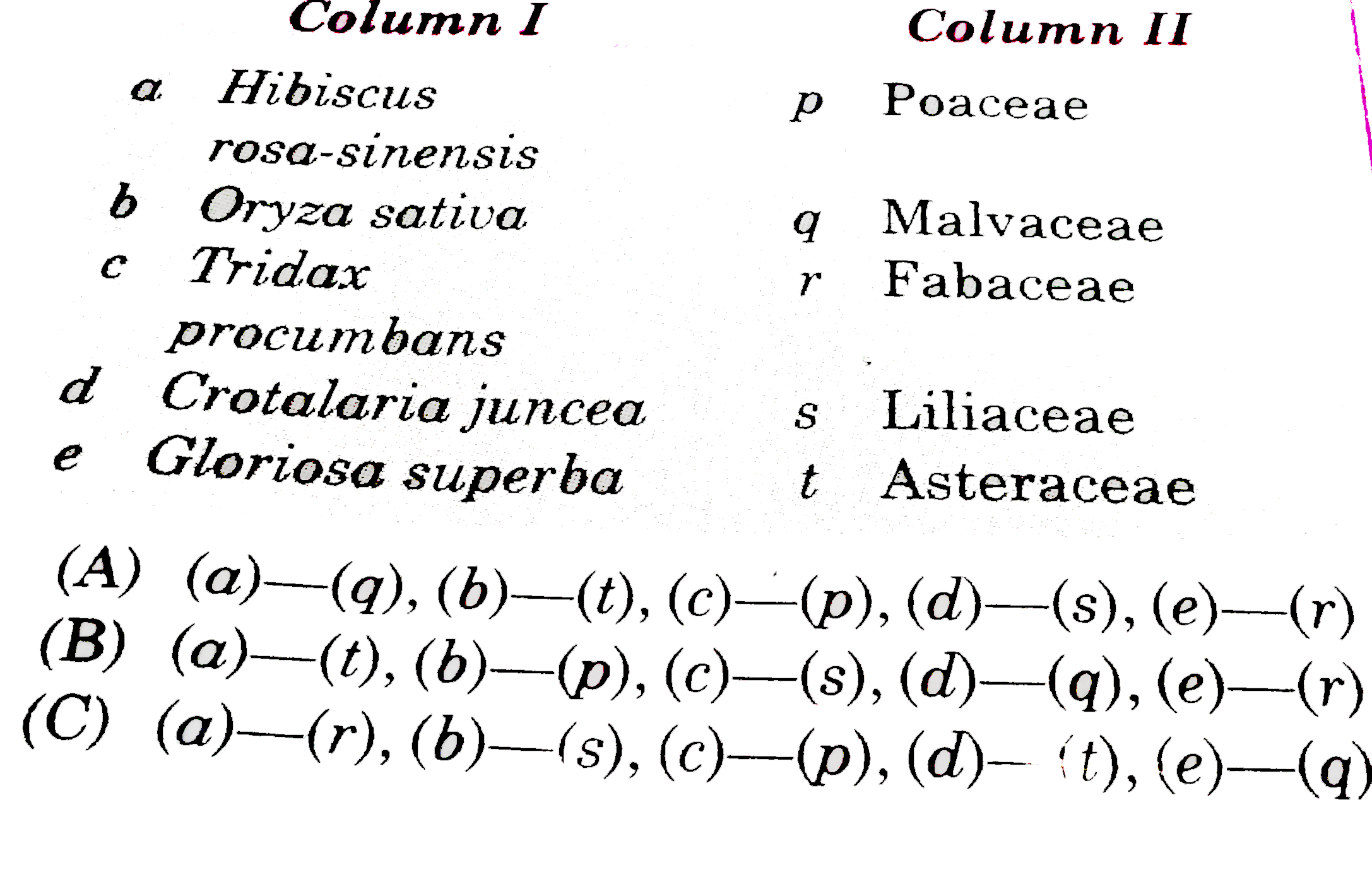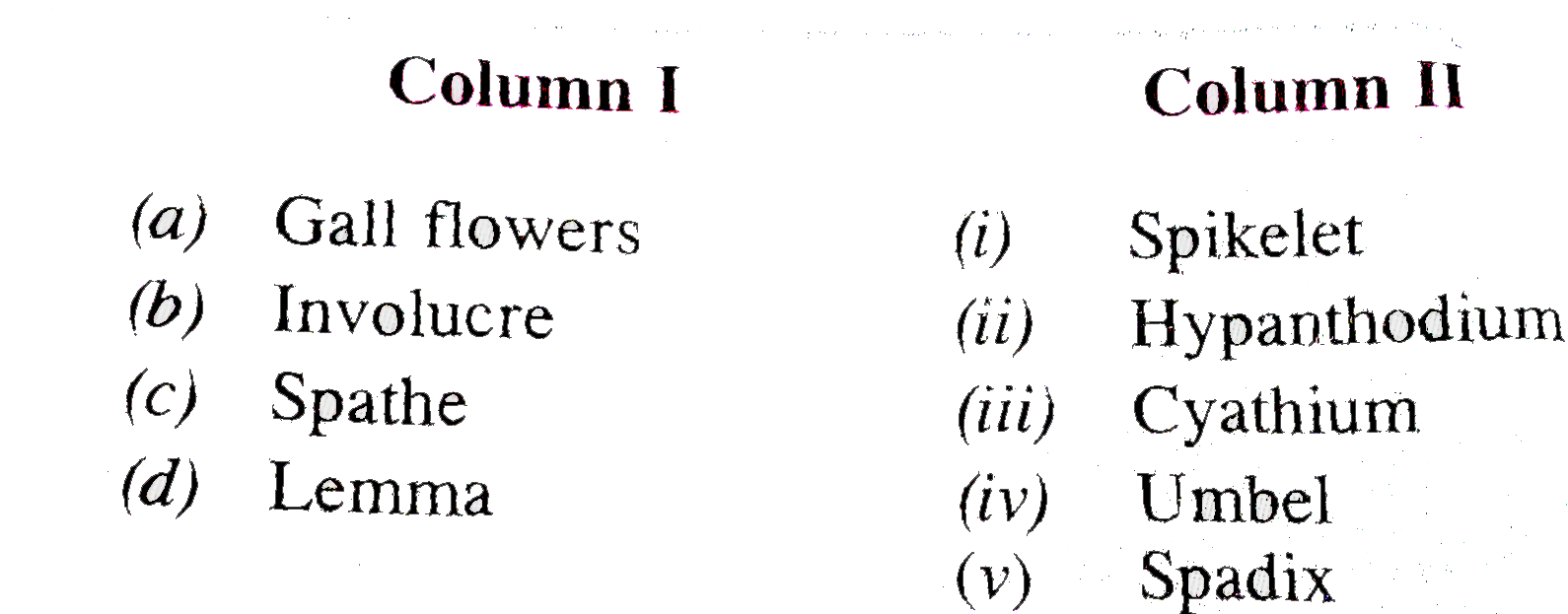Did Dobereiner's triads also exist in the columns of Newlands' octaves ? Compare and find out.
To determine whether Dobereiner's triads exist in the columns of Newlands' octaves, we can follow these steps:
Step 1: Understand Dobereiner's Triads
Dobereiner's triads are groups of three elements that exhibit similar chemical properties, where the atomic mass of the middle element is approximately the average of the atomic masses of the other two elements.
Step 2: Understand Newlands' Octaves
Newlands' octaves classify elements in a way that every eighth element has similar properties. This was based on the observation that elements with similar properties appeared at regular intervals when arranged by increasing atomic mass.
Step 3: Identify Relevant Elements
Consider the elements Lithium (Li), Sodium (Na), and Potassium (K). These elements are in the same group (alkali metals) and are relevant for both Dobereiner's triads and Newlands' octaves.
Step 4: Analyze the Relationship
- In Newlands' octaves:
- Lithium is the first element.
- Sodium is the eighth element from Lithium.
- Potassium is the eighth element from Sodium.
According to Newlands' law of octaves, the properties of Sodium should be similar to those of Lithium, and the properties of Potassium should be similar to those of Sodium.
Step 5: Confirm the Existence of Triads
- In Dobereiner's triads:
- Lithium, Sodium, and Potassium also form a triad, as they share similar chemical properties.
This means that the elements Lithium, Sodium, and Potassium not only fit into Dobereiner's triads but also align with Newlands' octaves.
Conclusion
Yes, Dobereiner's triads do exist in the columns of Newlands' octaves, as demonstrated by the relationship between Lithium, Sodium, and Potassium.
---
Dobereiner's triads are groups of three elements that exhibit similar chemical properties, where the atomic mass of the middle element is approximately the average of the atomic masses of the other two elements.
Newlands' octaves classify elements in a way that every eighth element has similar properties. This was based on the observation that elements with similar properties appeared at regular intervals when arranged by increasing atomic mass.
Consider the elements Lithium (Li), Sodium (Na), and Potassium (K). These elements are in the same group (alkali metals) and are relevant for both Dobereiner's triads and Newlands' octaves.
- In Newlands' octaves:
- Lithium is the first element.
- Sodium is the eighth element from Lithium.
- Potassium is the eighth element from Sodium.
According to Newlands' law of octaves, the properties of Sodium should be similar to those of Lithium, and the properties of Potassium should be similar to those of Sodium.
- In Dobereiner's triads:
- Lithium, Sodium, and Potassium also form a triad, as they share similar chemical properties.
This means that the elements Lithium, Sodium, and Potassium not only fit into Dobereiner's triads but also align with Newlands' octaves.
Yes, Dobereiner's triads do exist in the columns of Newlands' octaves, as demonstrated by the relationship between Lithium, Sodium, and Potassium.
Topper's Solved these Questions
- THE PERIODIC TABLE BOOK - ICSECHAPTER - THE PERIODIC TABLE EXERCISE - TOPIC 1 Modern Periodic Table and its Periodicity (3 Marks Questions )
33 Videos
- THE PERIODIC TABLE BOOK - ICSECHAPTER - THE PERIODIC TABLE EXERCISE - TOPIC 1 Modern Periodic Table and its Periodicity (5 Marks Questions )
44 Videos
- THE PERIODIC TABLE BOOK - ICSECHAPTER - THE PERIODIC TABLE EXERCISE - TOPIC 1 Modern Periodic Table and its Periodicity (1 Mark Questions )
25 Videos
- THE LANGUAGE OF CHEMISTRYBOOK - ICSECHAPTER - THE LANGUAGE OF CHEMISTRYEXERCISE - EXCERCISE 1(C ) (Correct the following statement)
21 Videos
- WATERBOOK - ICSECHAPTER - WATEREXERCISE - TOPIC 2 Solution (5 MARKS QUESTIONS)
5 Videos
Similar Questions
Did Döbereiner’s triads also exist in the columns of Newlands’ Octaves? Compare and find out.
View SolutionMatch the columns and find out the correct answer

View SolutionMatch the columns and find out correct combination :

View SolutionMatch the columns and find out the correct combination

View SolutionMatch the columns and find out the correct combination

View SolutionCompare the columns and find out the correct combination.

View SolutionMatch the columns and find out the correct combinations

View SolutionMatch the columns and find out correct combinatio

View SolutionA block is 8 cm long, 2 cm wide, and 3 cm high and has a mass 375 g.
Compare the density of the block with the density of different substances in Table and find out what material the block is made of.
View Solutioncompare the columns and find out the correct combination

View Solution
